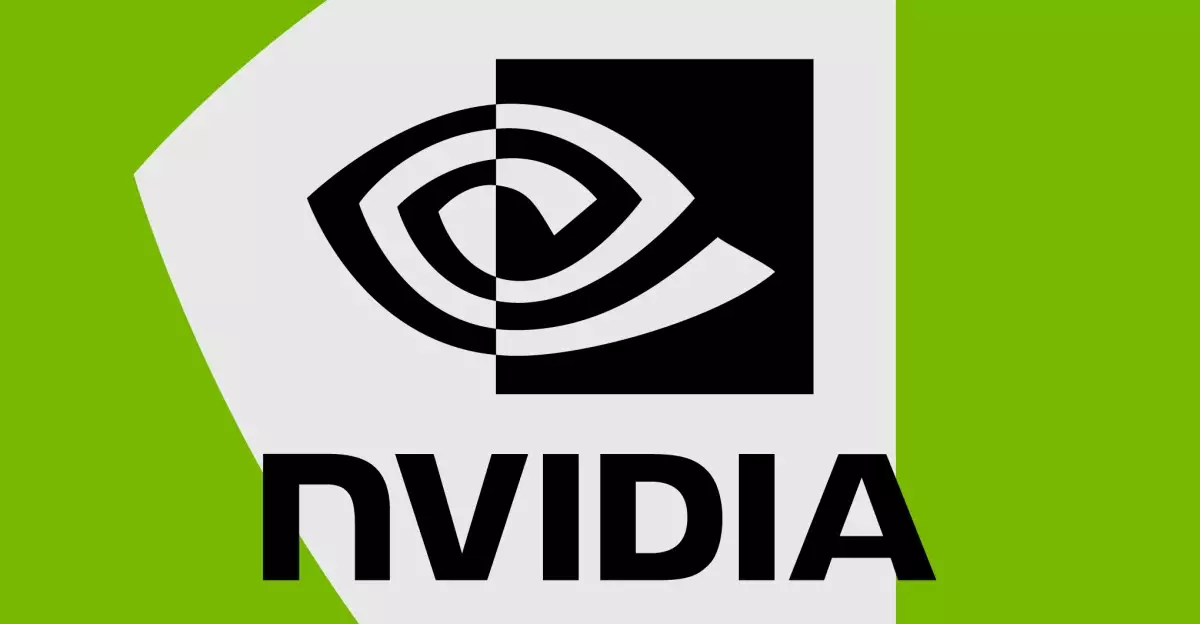For over two decades, Nvidia has been synonymous with high-performance graphics processing, setting the standard for gaming and professional visual applications. However, recent months have seen a stark departure from this legacy, as Nvidia’s driver management has transformed from a point of pride into a source of frustration for users. The rollout of driver updates, particularly for the much-hyped RTX 50-series, has turned into a chaotic affair plagued by black screens, crashes, and performance drops—essentially a driver disaster that warrants serious scrutiny and a reevaluation of Nvidia’s quality assurance protocols.
The Turbulent Beginnings of the RTX 50-Series
The RTX 50-series was initially introduced with promises of groundbreaking performance and innovative features, but the reality has been disappointingly far from the hype. Nvidia launched these new drivers in January, only to inflict instability on both new and existing graphics card owners. Following the launch, Nvidia users quickly took to platforms like Reddit to voice their grievances, giving rise to a swell of dissatisfaction that reveals significant cracks in Nvidia’s manufacturing and support strategies. The company’s failure to anticipate issues has left gamers scrambling, and many resorting to rolling back to pre-RTX 50-series drivers—an option not even available for new GPU owners who can’t revert due to compatibility issues.
The Unending Cycle of Hotfixes
In an industry where timely updates can mean the difference between smooth gameplay and disaster, Nvidia has issued a staggering number of hotfixes over the last two months. While one might expect such quick responses to be a sign of commitment to quality, the reality is that it highlights a serious underlying problem. Each new hotfix seems to patch one issue while introducing another, revealing an unsettling trend of reactionary fixes rather than proactive solutions. GPU monitoring tools, for example, fell victim to inaccuracies following the installation of the 576.02 driver, exacerbating the lack of trust users have in Nvidia’s updates.
One could argue that in an ideal tech landscape, features such as G-Sync should enhance performance rather than detract from it. However, reports indicate that stuttering and crashes remain prevalent when attempting to utilize this technology. This not only hampers the user experience but also puts the spotlight on Nvidia’s apparent negligence in ensuring that essential features are fully functional prior to rolling out updates.
The Ripple Effect of Manufacturing Issues
Compounding the software woes has been a spate of troubling reports regarding the physical hardware itself. Instances of melting power cables and missing render units have raised alarming questions about the overall quality assurance during the RTX 50-series production. While some of these issues might be isolated cases, their emergence casts a long shadow over Nvidia’s reputation. It’s almost as if the company has become so focused on rapid innovation that they neglected the fundamental principles of product reliability.
Additionally, the market availability of RTX 50-series cards has become a frustrating ordeal for consumers, with stock shortages pushing prices beyond reasonable limits. Gamers eager to upgrade have found themselves unable to obtain these new GPUs at retail prices, resulting in a mixture of despair and anger that further muddies Nvidia’s public image. The irony here is palpable; Nvidia introduced superior technology at a time when many consumers were eager to upgrade, but the overwhelming negativity surrounding the driver issues has overshadowed any initial excitement.
A Call for Accountability and Improvement
In a competitive landscape dominated by both AMD and Intel, Nvidia’s mismanagement of its driver releases and hardware quality poses a serious risk to its long-standing market dominance. Users deserve a company that prioritizes stability and reliability over quarterly profit margins. The frequent updates and persistent problems have sparked demands not just for better drivers, but for transparency and accountability from Nvidia’s leadership.
It is essential for gamers and professionals alike to take a stand and request more from a company that has long claimed to be the leader in graphics technology. Nvidia must redirect its focus to creating a seamless experience—not just to roll out the next flashy product, but to solidify the trust it has built over the past two decades. When issues arise, which they undoubtedly will, a responsive yet responsible approach will determine whether Nvidia can regain its footing in an increasingly competitive market.


Leave a Reply